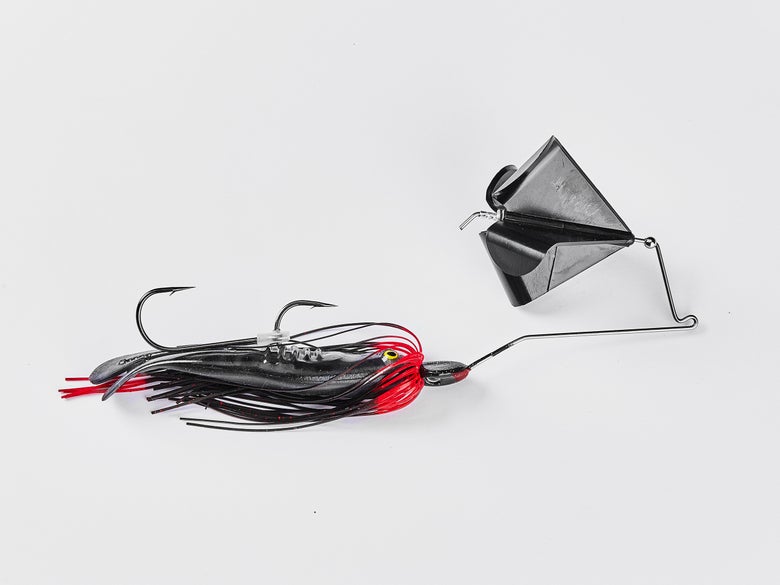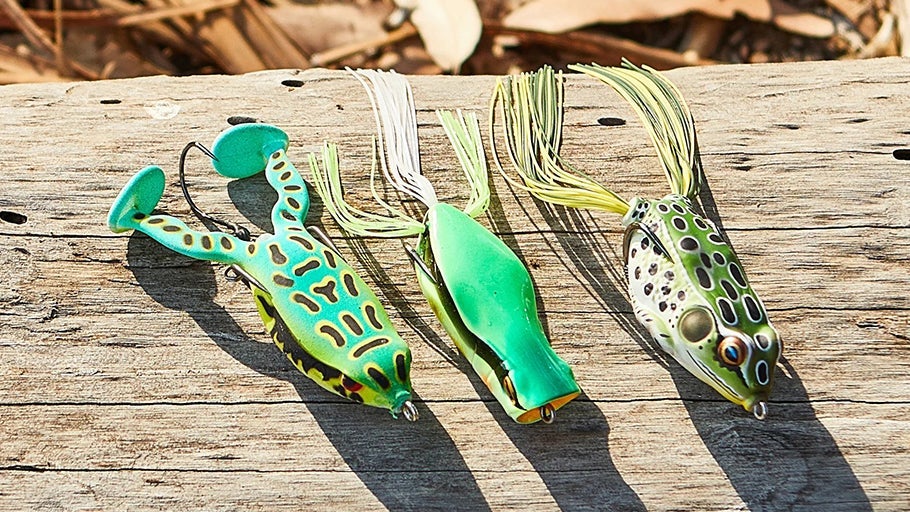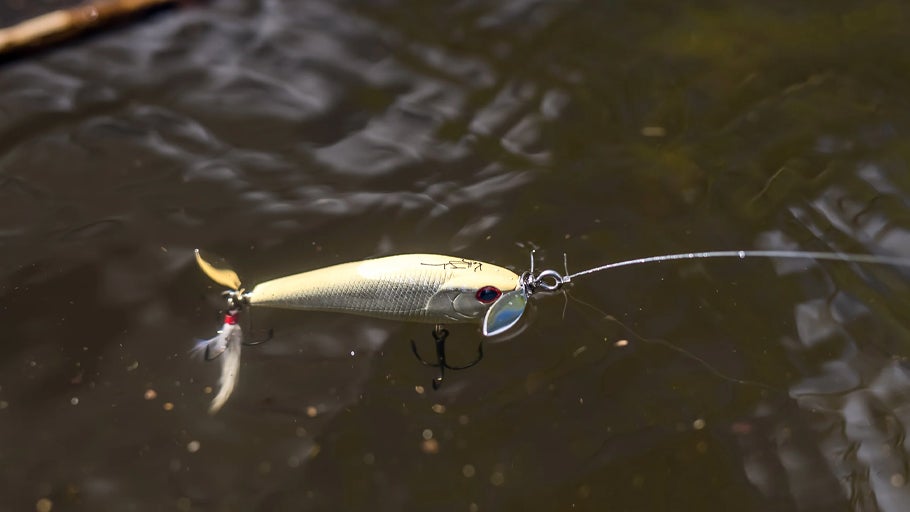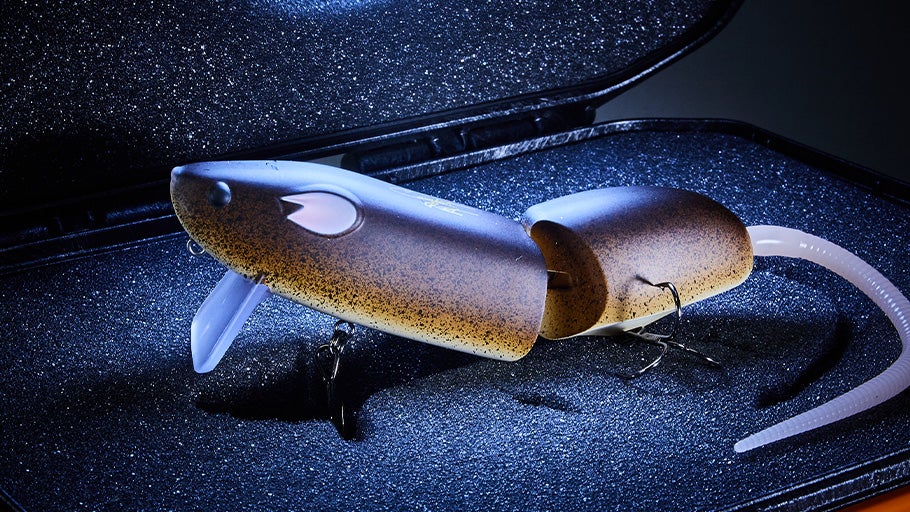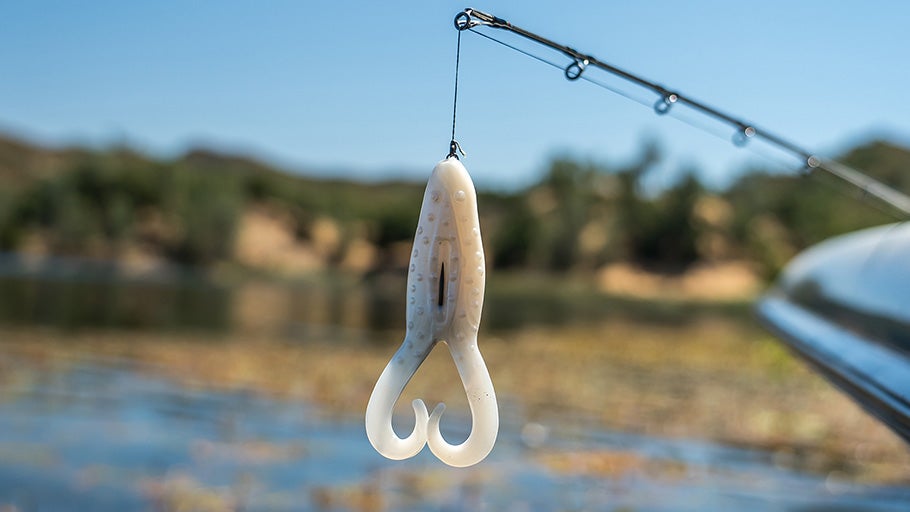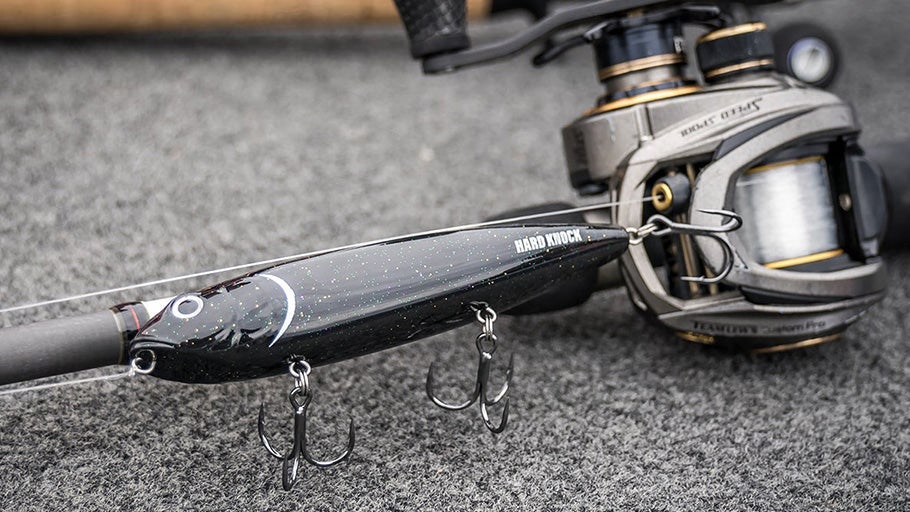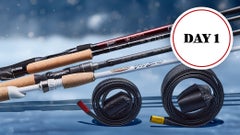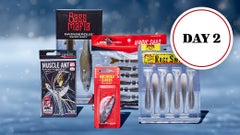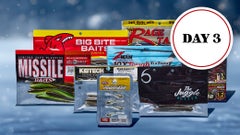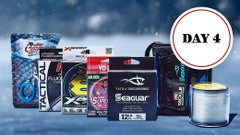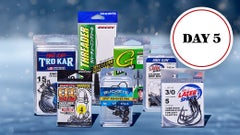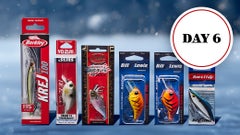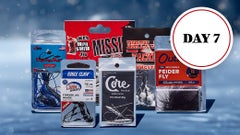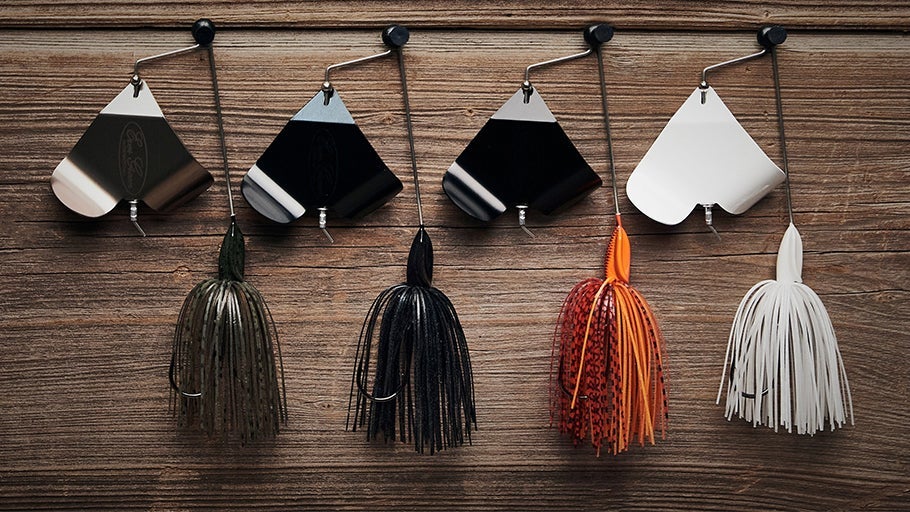
Buzzbait Gear Guide
One of the best tools for effectively covering shallow water, buzzbaits allow anglers to take on miles of shoreline efficiently and produce heart-stopping strikes from the biggest bass in the lake. While it doesn't represent any one type of forage specifically, the obnoxious squeak and churning acoustics of a buzzbait are proven to infuriate bass and flush them out of cover. In this gear guide, we will break down the ideal setup for throwing a buzzbait, explore modifications and rigging methods, and offer some helpful tips and tricks to improve your buzzbait fishing.
Buzzbait Rods
Buzzbaits can sometimes be bulky and difficult to cast, so having a longer rod in the 7'2" – 7'6" range can help increase casting performance. The power of the rod you choose may vary depending on the cover in the areas you are fishing, but for most situations, a medium-heavy or heavy power rod with a fast taper is ideal. When fishing open water or using a finesse buzzbait, opting for a lighter power rod is going to offer better control and casting. If you're faced with thick cover or using a bulky double buzzbait, a heavier rod will provide the power necessary to cast accurately and pull fish away from sticks and grass. Dedicating a rod exclusively to buzzbaits isn't always an option for anglers who are still building out their arsenal, so if you want your lineup to remain as versatile as possible, most frog rods also double as a buzzbait rod.
Buzzbait Reels
High-speed gear ratios are essential for buzzbait fishing, as they are one of the few topwater lures that sink when they hit the water, and action is created by reeling the lure across the surface. In order to get the proper lift and engage the blades at the end of a long cast, you'll want to use a casting reel with an 8:1 – 9:1 gear ratio so you can cover water efficiently and get the blades moving with the first turn of the reel handle. Some anglers may prefer a 7:1 gear ratio to keep the buzzbait moving a little slower across the surface, but typically there are more situations that arise where it's beneficial to have increased speed, not to mention you can always slow down your retrieve when necessary. Try using a 200-size casting reel so you have plenty of capacity to make long casts, especially if you intend on using heavier line.
Buzzbait Line
With no stretch, very little memory, smaller diameters, and the ability to float on the surface of the water, braided lines are the clear choice for fishing a buzzbait. No-stretch fishing line affords the power to drive home a large buzzbait jig hook, added strength to pop a snag free, and durability that allows anglers to fish around heavy cover without causing excessive damage to their line. Under most circumstances, 40- to 50-lb braid provides a good blend of strength and castability for a buzzbait setup, but you can go ahead and up-size to 65 lb when targeting fish around really nasty cover. Alternatively, if you find yourself pulling the lure away from fish too quickly when they strike, try switching from braid to 20- to 25-lb fluorocarbon or mono to slow reaction time and improve your hook-up ratio.
Modifications & Rigging
Adding a soft plastic trailer to a buzzbait is almost always a good idea regardless of the situation, as they increase overall weight for easier casting and provide the fish with a more visible bite target. Toads and swimbaits are probably the most common buzzbait trailer shapes, but if the fish are feeding aggressively or you are fishing during low light, try using something bulkier like a lizard or brush hog to boost attraction and help direct the bites toward the hook.
When the fish are non-committal and are just slashing at your buzzbait, it's time to add a trailer hook to improve your hook-up ratio and limit missed opportunities. Trailer hooks with hard plastic rigging sleeves will keep the hook in a fixed position and prevent it from impeding the action of your soft plastic trailers. On the flip side, if you are missing a lot of bites, you may need to remove your soft plastic trailer completely to create more hook gap before attaching your sleeved trailer hook or a stinger treble hook.
Tips & Tricks
Sound and vibration are the most appealing attributes of a buzzbait, so experiment with the different wire and blade configurations to change the sound and action of your presentation. Single-prop buzzbaits built with a plastic quad blade will subtly buzz across the surface, while single-prop buzzbaits with a large double blade and clacker may be some of the noisier options on the market. Double-prop buzzbaits can be loud and aggressive, but they also offer more lift so they can be reeled slowly across the surface, while an inline buzzbait provides a more weedless approach that allows you to fish deeper into cover.
Removing the skirt can be a good option for a more streamlined presentation in clear water or pressured situations and will also help reduce drag for improved casting distance during windy conditions. Bass are curious predators and will often follow closely behind the buzzbait before committing, so you should always vary your retrieve speed and pepper in a few pumps of the reel handle to trigger that reaction bite. Try adding a dab of super glue to the nose of your soft plastic trailer to firmly lock it in place, improve its longevity, and save you some rigging time on the water.
Colors
Color selection for buzzbaits can be subjective or specific to a particular body of water, but generally speaking, it's best to stick to high-contrast color patterns so fish can quickly spot and track down your lure. Over the years, solid white and black colored buzzbaits have emerged as long-standing favorites no matter the season, water clarity, time of day, or any other factors you may be considering. Buzzbaits with shiny chrome or gold blades deliver added flash and attraction when the sun gets high, while painted-blade buzzbaits can provide some added distinction in low light or dirty waters. During the post-spawn, a buzzbait is great at imitating a feeding or distressed bluegill, so try experimenting with some green pumpkin and chartreuse combinations to trigger bites from fry-guarding bass during the spawn.
Anytime you have submerged grass, flooded bushes, standing timber, or any kind of overhanging cover, the buzzbait is a highly effective and versatile topwater lure that should not be ruled out when the fish are shallow. Known for attracting big fish as often as they do small, this old-school lure belongs in every angler's arsenal simply because it is incredibly fun to fish, relatively weedless, and absolutely deadly under the right conditions!





























































